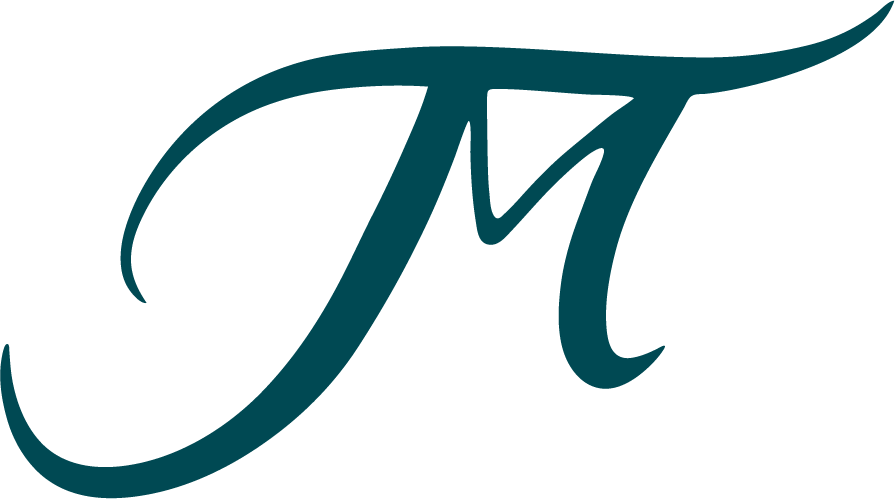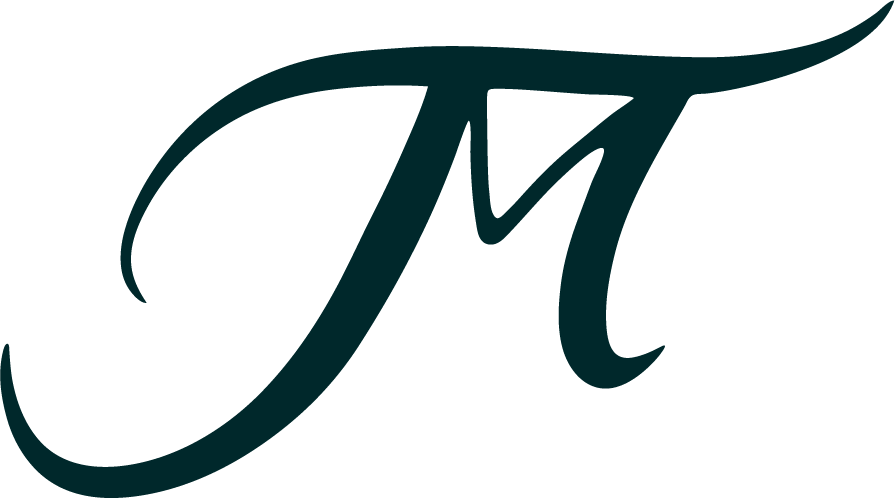Client | Designlab
Role | UX/UI Designer
Duration | 4 Weeks
Tools Used | Figma, Illustrator, Photoshop, Marvel
Role | UX/UI Designer
Duration | 4 Weeks
Tools Used | Figma, Illustrator, Photoshop, Marvel
The Story Behind the Project
Although a designer should be well-versed in executing a project from start to finish, a very important yet overlooked skill is the ability to improve existing products and determine the need for the feature which may or may not be line with the vision and mission of the product. Thus, it was important to undertake a project wherein I could learn the art of restraint and identifying bias in order to add a feature to an existing product.
The product I chose was WhatsApp. An app that I use on a daily basis which helps me stay connected to pretty much everyone I have ever known in life. I wanted to learn more about the app and understand the pains and needs the users face with this all time favourite app.
The product I chose was WhatsApp. An app that I use on a daily basis which helps me stay connected to pretty much everyone I have ever known in life. I wanted to learn more about the app and understand the pains and needs the users face with this all time favourite app.
Problem Statement
WhatsApp started out as a communication platform meant to connect people all over the world and as a substitute to SMS. Today WhatsApp, owned by Facebook, has 1 billion users worldwide and is the biggest online messenger app on the market. India is by far WhatsApp's largest market in terms of total number of users. In February 2017, WhatsApp reached 200 million monthly active users in India.
Using the groups feature on WhatsApp has become somewhat of a norm not just in India but around the world. There are currently a total of one billion groups in use on WhatsApp today for various interests, from those selling vehicles to discussing religious topics and video games. With over one billion groups available, there’s a group for everyone. These group chats can hold upto 256 members in each group.
However, the groups on WhatsApp has never been revamped to fit the various use cases for the same. This causes users to be part of multiple groups which essentially achieves the same tasks. Most users wish to avoid being added to a group as they are quite inefficient and sometimes downright frustrating. This project aims to change the perception users have of WhatsApp groups and to create a more efficient use of the groups feature on the platform. This would also help give users a better experience with the platform.
Using the groups feature on WhatsApp has become somewhat of a norm not just in India but around the world. There are currently a total of one billion groups in use on WhatsApp today for various interests, from those selling vehicles to discussing religious topics and video games. With over one billion groups available, there’s a group for everyone. These group chats can hold upto 256 members in each group.
However, the groups on WhatsApp has never been revamped to fit the various use cases for the same. This causes users to be part of multiple groups which essentially achieves the same tasks. Most users wish to avoid being added to a group as they are quite inefficient and sometimes downright frustrating. This project aims to change the perception users have of WhatsApp groups and to create a more efficient use of the groups feature on the platform. This would also help give users a better experience with the platform.
Project Goals
● Create a feature that allows users flexibility in groups and maximises efficiency of groups within WhatsApp
● Additional features that complement the main feature
● Additional features that complement the main feature
Stage 1 | Researching the Backstory
Background Research | Story behind WhatsApp and its Competitors
WhatsApp Messenger is a freeware, cross-platform messaging and Voice over IP (VoIP) service owned by Facebook. It allows users to send text messages and voice messages, make voice and video calls, and share images, documents, user locations, and other media.
WhatsApp's client application runs on mobile devices but is also accessible from desktop computers, as long as the user's mobile device remains connected to the Internet while they use the desktop app. The service requires users to provide a standard cellular mobile number for registering with the service.
WhatsApp's client application runs on mobile devices but is also accessible from desktop computers, as long as the user's mobile device remains connected to the Internet while they use the desktop app. The service requires users to provide a standard cellular mobile number for registering with the service.
Competitor Analysis | WhatsApp and its Competitors
I conducted a thorough competitor study and analysis of the various competitors and compiled all the results in competitor feature matrix to understand the niche WhatsApp falls in and to understand different group related features the competitors offer.
Secondary Research | Understanding User Reviews
To understand the current standing of WhatsApp in the market and how users interact with it, I looked into online user reviews identifying their pain points and needs. In addition to this, I also conducted a survey to understand the messaging habits of people and pain points they experience primarily related to groups on WhatsApp.
Primary Research | Learning from the users
Upon conducting interviews with 5 different users based on the interview guide, I got a better insight into the various use cases of groups within WhatsApp and understood the pain points directly from the users themselves. The synthesis of the interview findings helped me group the pain points based on type.
Synthesis of the Research Findings
Upon synthesising the research findings, I was able to draw certain insights into user pain points as outlined below:
• Unnecessary spam messages in groups
• Important messages are lost amidst spam messages
• Users wish there were organisational features in groups (Eg. polls, integrated calendar etc)
• Users found the current search engine lacking and difficult to navigate
• Range delete is not currently possible
• Users find that compressed images have extremely low quality
• Unnecessary spam messages in groups
• Important messages are lost amidst spam messages
• Users wish there were organisational features in groups (Eg. polls, integrated calendar etc)
• Users found the current search engine lacking and difficult to navigate
• Range delete is not currently possible
• Users find that compressed images have extremely low quality
Crucial Findings | POV and How Might We Statements
Stage 2 | Defining the Guidelines
Outlining the Target Group | Creation of User Personas and Empathy Maps
The research synthesis helped me understand potential users and enabled me to outline user personas and empathy maps that helped guide me in the design process. This persona symbolises the primary target group and helped me maintain direction in my process. The creation of empathy map for the persona helped identify pain points and in empathising with potential users.
Defining Project Goals | Finding the Best Solution
The empathise stage helped provide the framework to define the project goals which helped strike a balance between business, user and technical goals. This step brought clarity in the design process and helped connect the research to the process of design. On defining the project goals, I prioritised the various features required in the product and worked out the features necessary for an MVP in a Product Feature Roadmap
Information Architecture
Based on the research synthesis, POV and HMW statements, the Information Architecture of the current app was created and each feature was integrated accordingly. The integrated IA aims to create a seamless experience within the current app.
In addition to this, a Product Requirements Chart was created to outline the features necessary to complete the tasks assigned.
In addition to this, a Product Requirements Chart was created to outline the features necessary to complete the tasks assigned.
Integrated Sitemap
Stage 3 | Conceptualising
Wireframes
The ideate stage started with sketching out ideas and wireframes based on the findings from the research and define stages. Sketching helped in quick explorations of multiple different design solutions for the features involved. My goal was to integrate the features into the app with similar design patterns to ensure connection and easy learnability.
Once the basic wireframes were laid out through sketching, these were converted into low fidelity wireframes where focus was given on functionality and overall layout of the pages.
Once the basic wireframes were laid out through sketching, these were converted into low fidelity wireframes where focus was given on functionality and overall layout of the pages.
From left to right: Pinning Messages_1 | Pinning Messages_2 | Extended Mute 1 | Extended Mute 2 | Filtered Search
Mid-Fidelity Wireframes
Stage 4 | Creating the Final Designs
High-Fidelity Wireframes and Prototyping
A brand style guide was created to understand the current brand and the design patterns used within WhatsApp. This helped me create the high fidelity wireframes accordingly.
I designed the high fidelity wireframes for 3 user flows:
1) To pin an important message within the chat
2) To mute a group with the exception of certain member / mute specific members in a group
3) To search for a particular message in a chat using filters
I designed the high fidelity wireframes for 3 user flows:
1) To pin an important message within the chat
2) To mute a group with the exception of certain member / mute specific members in a group
3) To search for a particular message in a chat using filters
High-fidelity Wireframes
Stage 5 | Testing with the Users
Usability Testing and Findings
Upon completion of the prototype, the design was tested on potential users. I tested the prototype with 5 users with primarily positive results. The findings for the same are compiled in a Usability Testing Summary. As per the tests, the users were delighted by the features and didn't face any problems with the features themselves rather faced some issues due to the limitations of the prototype.
Next Steps
The positive outcome from the user testing proved that the features were well received and needed. WhatsApp is already an incredibly powerful messaging app. Addition of more organisational features could help improve the experience of many users and I intend to look further into these aspects and build on them.

